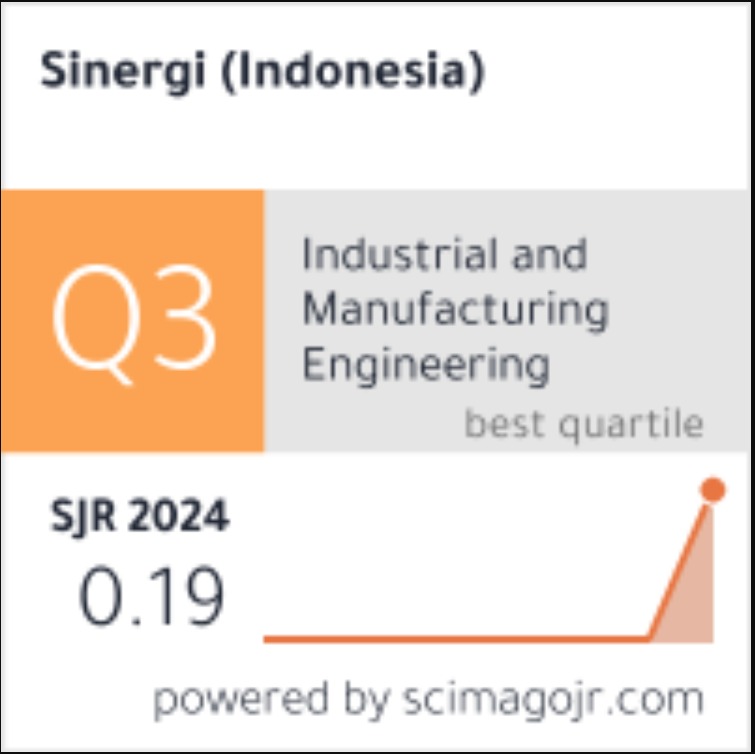Experimental investigation on discarded aluminum can waste as an anodic anti-corrosion agent for steel in reinforced concrete under aggressive environments
Abstract
Corrosion of concrete reinforcement can reduce the service life of buildings, especially in aggressive environments such as coastal areas, where salt content and high humidity accelerate corrosion. Sacrificial Anode Cathodic Protection (SACP) is a commonly utilized method of protecting structures from corrosion by using metals such as zinc (Zn), aluminum (Al), and magnesium (Mg) as sacrificial anodes. However, the high cost of these metals has prompted research into more economical and environmentally friendly alternatives. In this study, recycled aluminum from the beverage can waste was melted at 600˚C and then formed into a circle with a diameter of 11 cm to investigate the utilization and effectiveness of recycled aluminum compared to zinc as a sacrificial anode in the SACP process. The measurement of corrosion potential involved the assessment of current density, on-potential, off-potential, rest-potential, and depolarization. The recycled aluminum anode exhibited a depolarization value of 680 mV, demonstrating that waste cans could serve as an effective sacrificial anode to protect concrete structures.
Keywords
Full Text:
PDFDOI: http://dx.doi.org/10.22441/sinergi.2025.3.011
Refbacks
- There are currently no refbacks.
SINERGI
Published by:
Fakultas Teknik Universitas Mercu Buana
Jl. Raya Meruya Selatan, Kembangan, Jakarta 11650
Tlp./Fax: +62215871335
p-ISSN: 1410-2331
e-ISSN: 2460-1217
Journal URL: http://publikasi.mercubuana.ac.id/index.php/sinergi
Journal DOI: 10.22441/sinergi
Journal by SINERGI is licensed under a Creative Commons Attribution-ShareAlike 4.0 International License
The Journal is Indexed and Journal List Title by:














